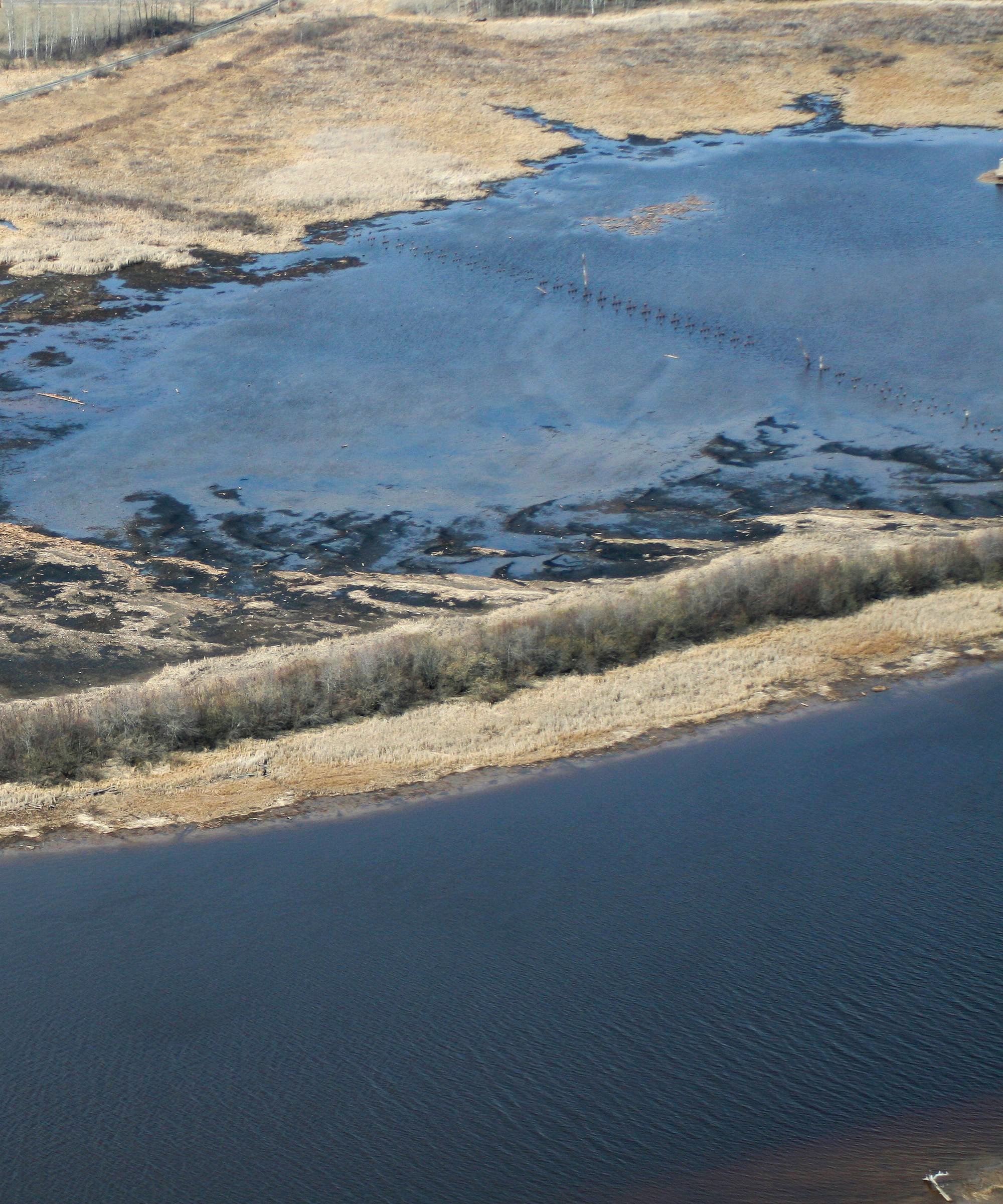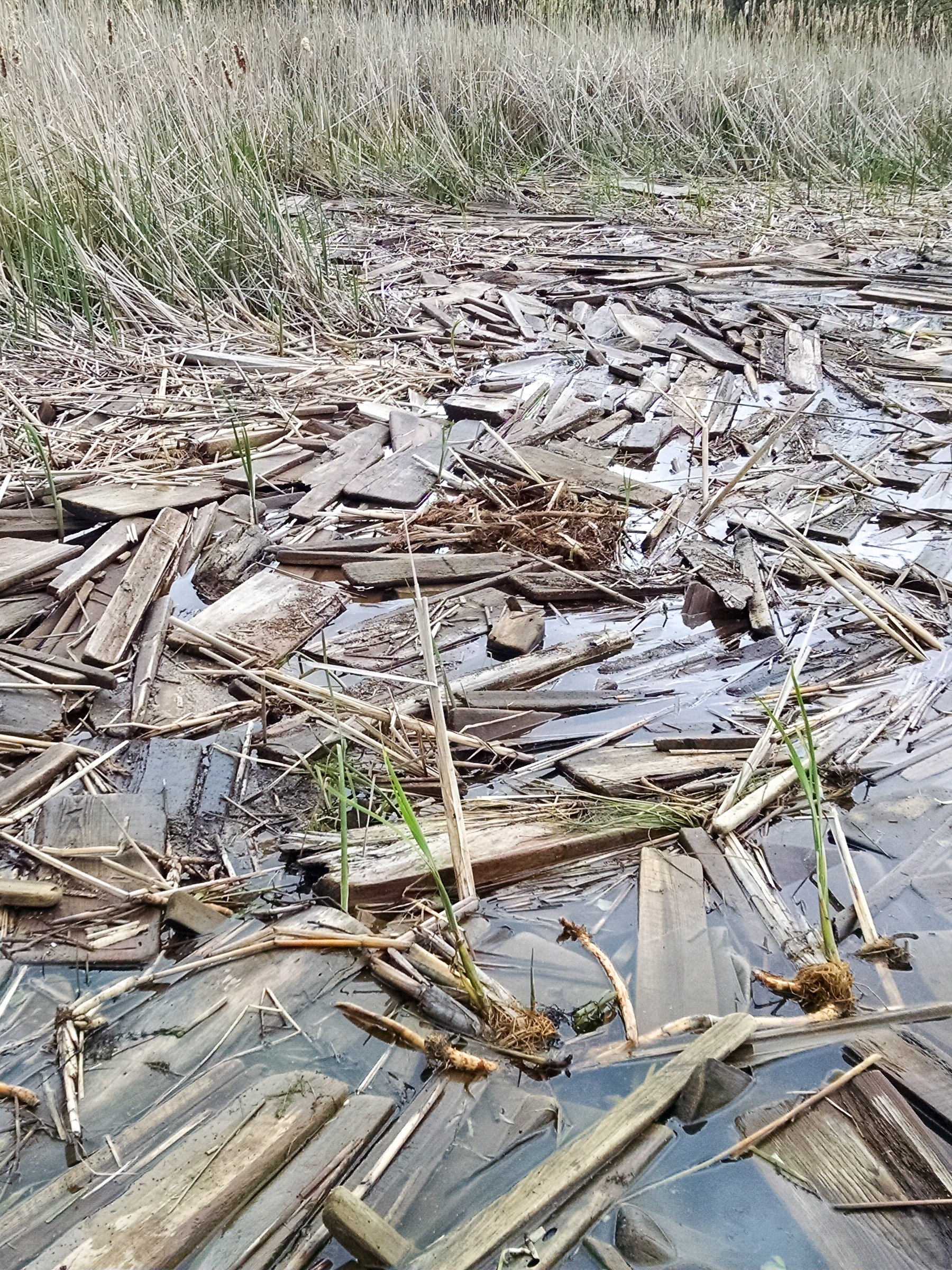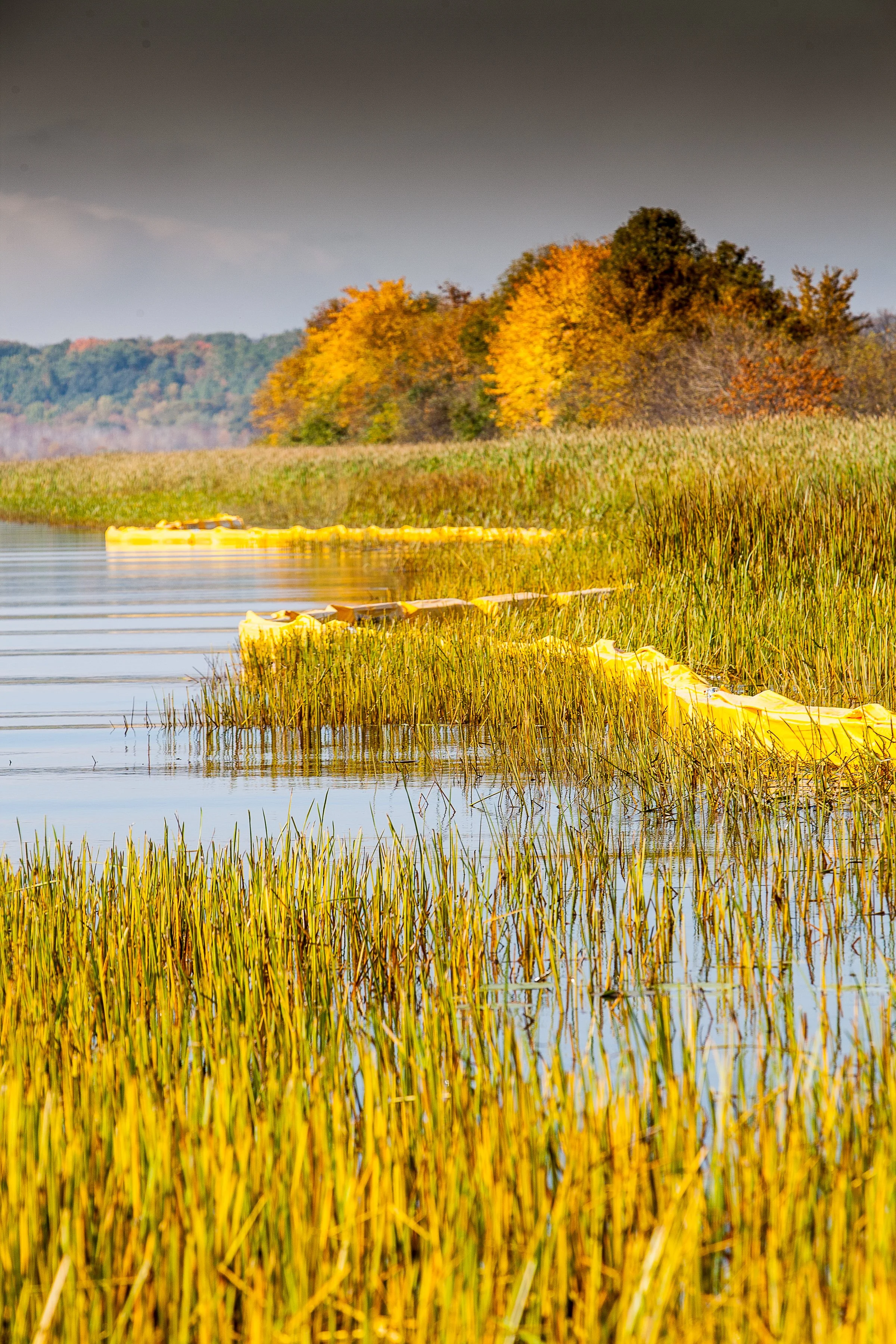
Minnesota Land TrustRadio Tower Bay and Manoomin Restoration
Duluth, Minnesota
Radio Tower Bay was home to a sawmilling operation in the late 1800s that severely damaged underwater habitat with waste slab wood and sawdust. The Minnesota Land Trust partnered with the Minnesota DNR to remove 218 wooden pilings and 115,000 cubic yards of wood waste.
Thanks to this multi-year restoration, aquatic vegetation can now re-grow, restoring food sources for fish, wildlife and people. The work also recreated deep, off-channel fish habitat, restored coastal wetlands, re-established manoomin (wild rice) beds, and provided recreation opportunities. The work is part of the U.S. Environmental Protection Agency’s St. Louis River Area of Concern with funding from the Great Lakes Restoration Initiative. Learn more through this interactive story map.
-

Fact No. 1
The project removed over 200 40-foot wooden pilings (part of an old railroad trestle).
-

Fact No. 2
Over four feet of sawmill debris was dredged from the bottom of Radio Tower Bay.
-

Fact No. 3
A staggering 115,000 cubic yards of wood waste was removed from the bay.
-

Fact No. 4
Manoomin (wild rice) was re-seeded at multiple sites to restore 275 acres of rice beds.

Birds eye view of Radio Tower Bay before the restoration started

Multiple feet of sawmill debris piled up over the years in Radio Tower Bay

Photo Radio Tower Bay showing the rows of wooden pilings

Work in-progress at Radio Tower Bay restoration project

Daryl Peterson, Minnesota Land Trust Director of Restoration Programs, tours the project site with John Lindgren, Minnesota DNR, and Dean Vogtman, media consultant.

Work in-progress at Radio Tower Bay restoration project

Another overhead view of Radio Tower Bay after the restoration project was completed

Radio Tower Bay restored the surrounding environment and critical habitat

Birds eye view of Radio Tower Bay after the restoration project was completed
Our Goal
A multi-year manoomin reseeding and management effort is ongoing until 2025 to restore 275 acres of manoomin at multiple sites in the estuary, including Radio Tower Bay. This work is in partnership with the Fond du Lac Band of Lake Superior Chippewa, 1854 Treaty Authority, Minnesota DNR, and Wisconsin DNR. The project involves site preparation, seeding, and further management to protect the beds from grazing by geese and waves from motorized watercraft. Manoomin is an indicator of the health of our ecosystem. It is a critically important food for wildlife and has been a valuable food source and a culturally significant resource to Indigenous people in the Great Lakes region for centuries.
Minnesota Land Trust
2356 University Ave. W. Ste. 240
Saint Paul, MN 55114
Phone
(651) 647-9590
Email
mnland@mnland.org
Website
mnland.org

